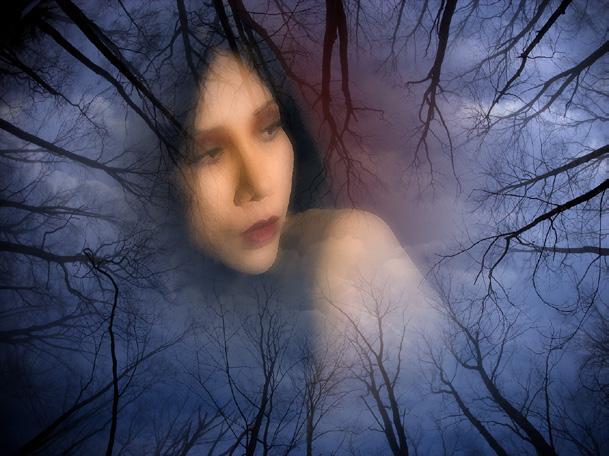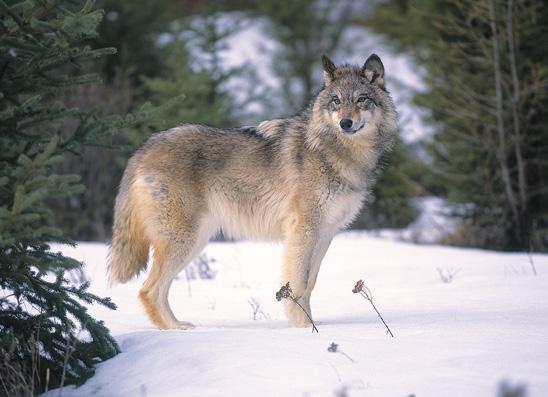
3 minute read
Focus on the eyes
When photographing an animal or a is successful as it is now. person, or even an insect for that matter, the general rule is to focus Many photographers don’t understand depth on the eyes. It can be acceptable for other parts of field clearly. For example, when a subject is of a face to be less than tack sharp, but the eyes relatively far from the shooting position, clients have to be in focus for the picture to work. In on my tours ask me if they should focus on the the shot of the cheetah, below, you can see the eyes. At some point, it’s not feasible to focus on eyes are sharp but the nose and the ears are the eyes because the subject-camera distance is somewhat soft. Would I have preferred for the such that depth of field has increased beyond entire head to be tack sharp? Yes, but the image the point where you can distinguish between
UPCOMING PHOTO WORKSHOPS
Photoshop Online Training
In the comfort of your home, learn how to be super creative in Photoshop. Learn how to make precise selections, replace the sky, create believable composites, make painterly images, and so much more. Your photography will never be the same!

Jan. 24, 2021
Winter wildlife workshop
Stunning pictures of North American animals including wolves, red foxes, arctic foxes, mountain lion, Canada lynx, and more. The animals will be in their winter coats and very beautiful. This is based in Kalispell, Montana.

January 12 - 17, 2021
Photoshop Workshop
The setting is in my home and, in this two day workshop, you’ll learn enough to be truly dangerous in Photoshop! How to replace a sky, how to fix all kinds of photographic problems in your pictures, how to handle blown highlights, how to be incredibly creative . . . and more.

May 8-9, 2021
Remember that depth of field increases as you move back from the subject. This is true for every lens. Depth of field also increases as the focal length of the lens gets wider.
Study the picture below in which I used a 24mm focal length. I was about 8 to 10 feet away from the Balinese dancers, and that distance combined with the wide angle lens meant focusing on the eyes of any of the dancers wasn’t feasible or necessary. At this distance and with this lens, I concentrated on focusing on their bodies because -- and this is the point -- even with a large lens aperture, the entire face and body would be sharp.
Even when a telephoto lens is used, if the distance of the subject to the camera is far enough, focus on the face rather than trying to focus on the eyes. In the shot of the wolf above, the nose protrudes quite a bit. A closeup portrait would have to deal with depth of field, and focusing on the eyes would be relevant. But at this distance, both the nose and the eyes will be sharp.

Is there a general guideline here for distance versus depth of field. Unfortunately, no. Knowing what to do comes with practice. §

W i n t e r W i l d l i f e Workshop
January 12 - 17, 2021
Based in Kalispell, Montana









